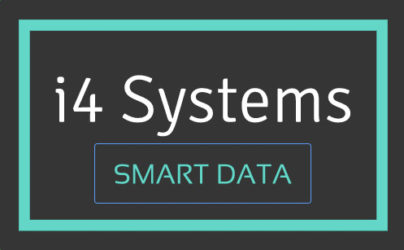E-Retail Systems and Warehousing

UK ERP Systems
There are nearly as many ERP solutions available and being used as there are companies that require them. Part of this is down to the variety of companies operations and markets. SaaS, cloud, on premise, best of breed, single ERP and a host of other options can make the ERP selection and implementation process daunting at best and overwhelming at worst.
The bad news? There is no one size fits all answer to determining the right type of system for you. The good news? An objective evaluation framework can make navigating these challenges more clearly.
There are five key variables to consider when evaluating the proliferation of options at your disposal:
On-premise versus cloud ERP systems. One of the first decisions is to determine if you want to own the software within the four walls of your IT department, or if a hosted cloud or SaaS solution may be a better option. In general, and as visualised in the above graphic, if your organisation is very complex and has a heavy need for IT control, then it is much more likely you should gravitate to on premise ERP systems (the opposite is true for simple organisations that want to outsource their IT functions). It’s also important to remember that hybrid options can provide the best of both worlds: the flexibility of on premise without the need to build an expensive internal IT infrastructure.
Single ERP system versus best of breed. There are many best-of-breed solutions available which could threaten the appeal of single ERP systems. However, best-of-breed solutions also create technical complexities that can be hard to manage including integration, architecture and data issues that are less difficult in single ERP environments where the various modules are fully integrated and data flows across them as required. When determining the right path for your organisation, it is important to weigh the pros and cons of standardising and consolidating your systems versus the flexibility and “better fit” that you may likely experience with a best-of-breed approach.
Tier I vs. Tier II or III ERP systems. The scalability of your chosen ERP solution is another deciding factor. Tier II and Tier III systems may provide more unique, industry-specific functionality that is a better fit for your organisation, but they may also not be as scalable as your organisation grows and diversifies into new products, markets and customer bases. Choosing the right path will help you narrow down the field of options so you can focus on those that are the best fit for your organisation.
Do you need an ERP system? At the end of the day, you may find that a new ERP system is not what you need. It may be that process improvements, spot enterprise solutions or other more low-hanging fruit will deliver better improvements to your company. ERP system providors may insist that you need their software, but other non-ERP options should be considered just as carefully. These other options can often deliver close to the same benefits – but without the same cost or risk.
Whatever options you choose in each of the above instances, it is important to recognise that there is no perfect answer. Each will have tradeoffs, risks, pros and cons. It’s a matter of finding which is the right fit for you.
Data is Driving Industry 4.0


